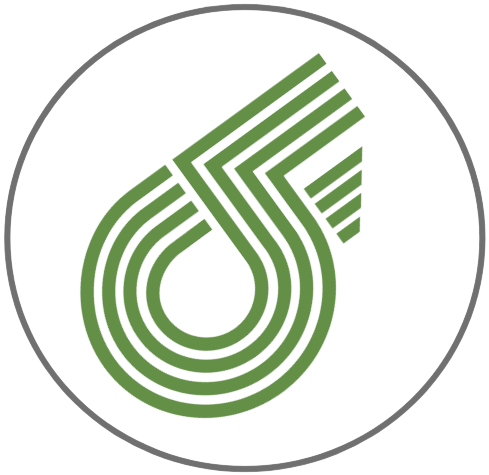
1. Either the substance use disorder or the mental illness may come first. However, developing one issue does not increase the risk of developing a co-occurring condition.
2. The symptoms of one disorder will usually worsen the symptoms of the other.
3. When mental health disorders occur first, a lack of treatment may cause some patients to self-medicate using alcohol and illicit substances.
4. When drug abuse comes first, long-term use of addictive substances can lead to mental and emotional problems.
5. Men diagnosed with a mental health disorder were more likely to abuse drugs than their female counterparts.
Common mental health disorders linked to substance abuse include:
A person who struggles with mental illness can become addicted to any substance, including:
In a dual diagnosis, both conditions have their own set of symptoms that can interfere with an individual’s life. The co-occurring disorders also affect one another in several ways, including:
Treatment for substance abuse may require:
Therapy is an important component in treating dual diagnosis. Common types of therapy that are used to treat mental health and substance use disorders include:
Medication can also be used to treat mental health disorders. There are different types of medications that are prescribed based on each individual’s unique needs. Some common medications include:

